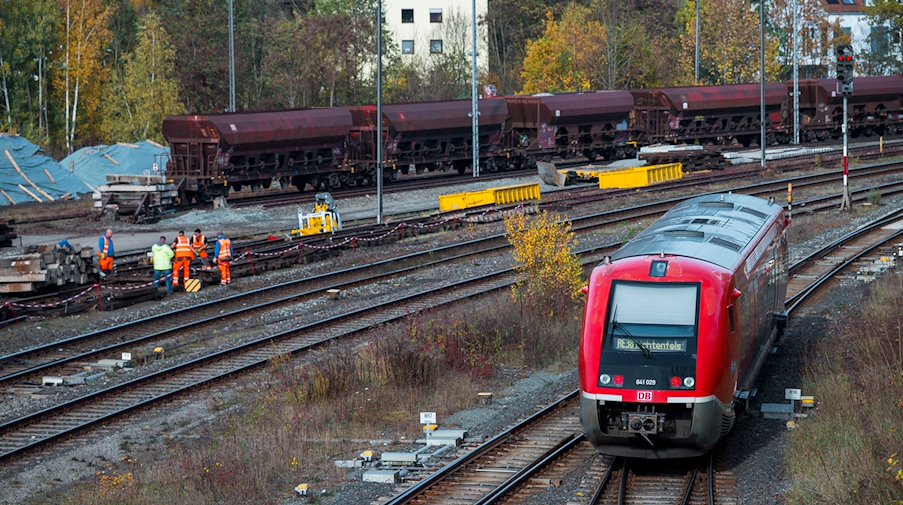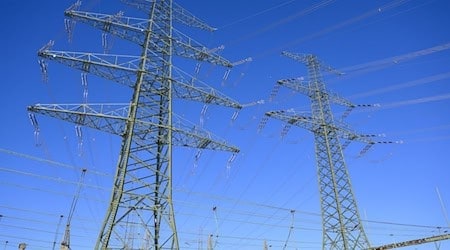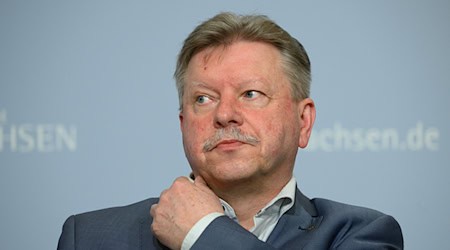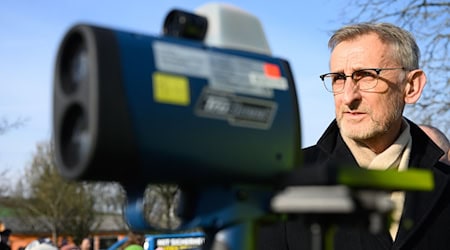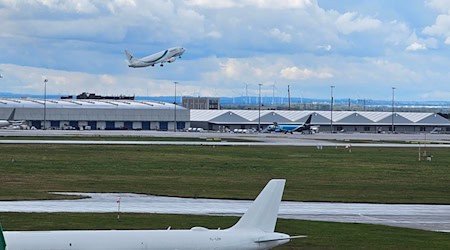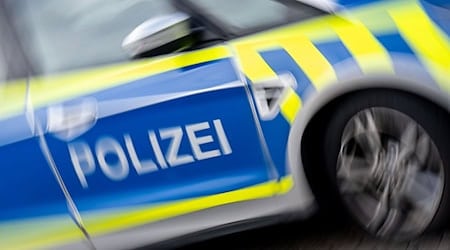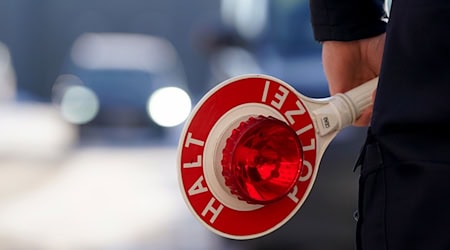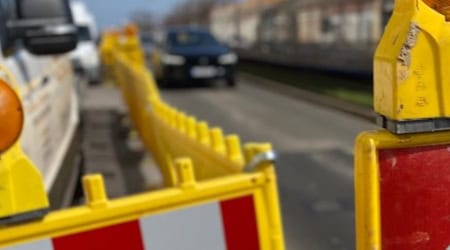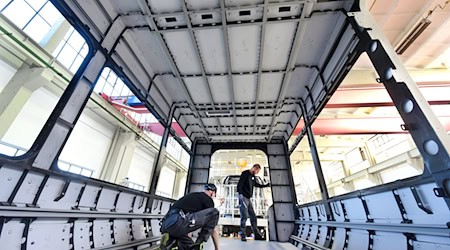When talking to politicians from northern Bavaria about the Franconia-Saxony Main Line, the first thing you usually hear is a sigh about this seemingly never-ending story. But there is also a sense of cross-party and cross-district determination: people want to fight for the modernization of the railroad line, which connects Bavaria, Saxony and the Czech Republic and is therefore important for rail transport throughout Europe. Will the breakthrough come in 2024 after three decades?
"We have been working for decades to ensure that the electrification of the Franconia-Saxony main line is realized," said Bayreuth Mayor Thomas Ebersberger (CSU) to dpa. His city lies directly on the route. "We are still convinced that the project is economically viable - and then it should be implemented."
The maths are being done again
The current situation is "more than unsatisfactory", commented Eva Döhla (SPD), Lord Mayor of Hof, who speaks of a "never-ending story" when it comes to the Magistrale. "It is no longer acceptable to the population that the largest diesel island in Germany will not finally be electrified."
In 2022, the project suffered a major setback: according to the Federal Ministry of Transport, it was not economically viable and a planning freeze was imposed.
Now, however, calculations are being made again with a view to the current traffic volumes, and also with updated cost and value estimates, especially with regard to the CO2 price, according to the Berlin Ministry. According to a spokesperson, the result should be available in 2024: "This procedure is necessary to ensure a consistent methodical procedure for determining requirements and thus to be able to provide a legally secure assessment in terms of planning and budgetary law." At the same time, the ministry is examining how the cost-benefit ratio calculations for electrification measures can be simplified in the context of the Modern Rail Act.
Bavarian Transport Minister Christian Bernreiter (CSU) has also repeatedly called on the federal government to resume plans for electrification. Bernreiter is now convinced: "For the transport politicians of all parliamentary groups, the Franconia-Saxony main line now symbolizes the standstill in electrification."
Current signals indicate that the budget and transport committees in the Bundestag "no longer want to watch the tragedy". He was confident that the pressure on the traffic light government would also grow from within its own ranks. "Because only with the completion of the continuous electrification will international direct connections for passenger and freight transport from Bavaria via Saxony to Wroclaw or Krakow or beyond be within the realm of possibility. That's why this project is a top priority for us in Bavaria and also for our neighbors in Saxony."
Tunnels and historic bridges
The Franconia-Saxony Main Line is the name given to the train connection between Dresden and Nuremberg; it also includes branches towards the Czech Republic. Electrification is already well advanced on the Saxon side and electric locomotives can be used as far as Hof. The connections coming from the Czech Republic are also largely equipped with electricity up to the border. The debates are sparked by the extension of the Nuremberg-Marktredwitz-Hof line to the border with the Czech Republic. One difficulty: in the Pegnitz Valley between Upper and Middle Franconia, the route runs through many tunnels and over historic railroad bridges, and electrification here would involve a great deal of effort.
The Franconia-Saxony Main Line has been included in the Federal Transport Infrastructure Plan as a priority project since 1992. The municipalities along the route are now waiting for the new calculation results from the Ministry of Transport. "We will not be able to remain on this diesel island," emphasized Hof District Administrator Oliver Bär (CSU). It is important to continue lobbying for electrification. He was convinced that they had the right arguments.
The route was of supra-regional importance, said Döhla, the head of the town hall in Hof. In 2023, too, cross-party forces had been pooled to highlight the importance of the project.
"The boards we are drilling are extremely thick, and you get the impression that they are even growing. But we are making every effort to provide objective information and we remain convinced of the absolute necessity and economic viability of the project," said Bayreuth Mayor Ebersberger. "There is also a solidarity between all regional political representatives for the project - that is something unusual in itself, that everyone really wants this major project."
Copyright 2024, dpa (www.dpa.de). All rights reserved

